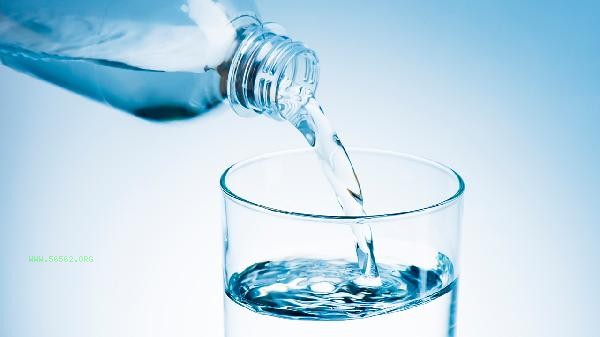Electric kettles can brew tea, but long-term use may affect the lifespan of the kettle and pose safety hazards. The main problems with boiling tea in an electric kettle include the accumulation of scale, damage to the circuit, residual tea stains, adsorption of odors, and insufficient temperature control.

1. Scale Accumulation
Tannic acid in tea can easily form scale when combined with minerals in water. Long term accumulation can cover the heating tube and reduce thermal conductivity efficiency. Thickening of scale may lead to prolonged heating time, increased power consumption, and in severe cases, local overheating and damage to the metal layer. It is recommended to regularly soak and clean the inner container with citric acid or white vinegar to avoid the attachment of hard lumps.
2. Circuit damage
When the tea soup boils, it may overflow and seep into the bottom circuit board, causing a risk of short circuit. The steam sensing device of some electric kettles is prone to corrosion when in contact with tea soup, leading to the malfunction of the automatic power-off function. Choosing an electric kettle with a fully enclosed anti dry burning design can reduce risks, but it is still not recommended to boil tea frequently.
3. Tea stain residue
Tea polyphenols and pigments can penetrate into the gaps of plastic or metal liners, forming stubborn stains that are difficult to remove. Stainless steel material may develop spots due to theophylline corrosion, while glass material is prone to depositing tea stains at the edge of the pot mouth. These residues may contaminate the subsequently boiled drinking water, affecting its taste and hygiene.

4. Odor adsorption
Volatile substances in tea will be absorbed by the pot material, especially the silicone sealing ring and plastic parts. After boiling tea multiple times, the kettle may continue to emit the smell of aged tea, which cannot be completely eliminated even when boiled empty. This odor may transfer to drinking water and interfere with the original flavor of other beverages.
5. Insufficient temperature control
The boiling temperature of electric kettles is usually fixed at 100 ℃, making it impossible to adjust the appropriate water temperature according to different types of tea leaves. Tea that requires low temperature brewing at 80 ℃, such as green tea, may experience increased bitterness and damage to some of its nutritional components due to high temperatures. professional tea sets can retain the best flavor of tea soup through temperature control. If you need to boil tea in an electric kettle, it is recommended to use a tea filter to isolate the tea leaves and avoid direct feeding. Thoroughly clean and air dry the inner pot immediately after cooking, and deeply remove scale once a month. For those who have requirements for the quality of tea soup, priority should be given to using specialized tea boiling utensils made of glass or ceramic materials. These utensils are usually equipped with temperature adjustment functions, which can better preserve the active substances in tea leaves. Separate use of electric kettles and tea making utensils for daily water boiling can not only extend the lifespan of electrical appliances, but also ensure the hygiene of drinking water.









Comments (0)
Leave a Comment
No comments yet
Be the first to share your thoughts!